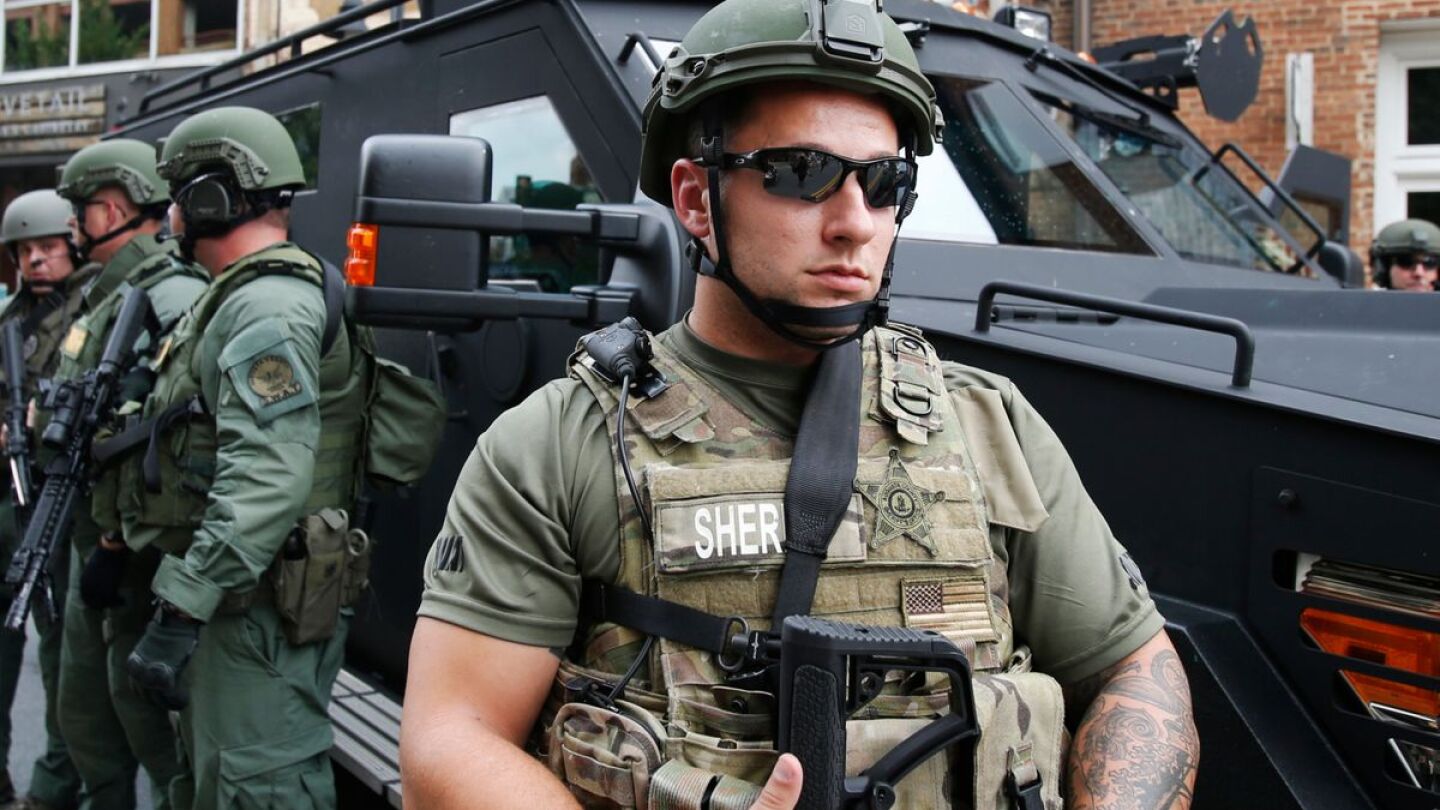Use of Force
The Use of Force topic provides news, information and training on one of the most commonly discussed areas in police training programs. Learn how to educate your community about use of force, the risks unarmed individuals pose and more.
Court affirms that tactics used to disperse unruly crowd did not violate protesters’ constitutional rights, dismisses excessive force lawsuit and grants officers qualified immunity
The 8th Circuit upheld officers’ use of force in Aden v. City of Bloomington, citing Graham factors and qualified immunity
Repeated incidents of weapon confusion point to deeper flaws in training, tactics and system design — and demand a shift in how we prepare for high-stress encounters
“This first-hand experience is intended to give the participants information so they can formulate an opinion of law enforcement action based on their own opinion and not the perception or beliefs of others.”
Interim Police Chief Michael Sullivan said there is an increasing level of violence within the community
“It’s teaching officers how to effectively control suspects on the ground who may be noncompliant.”
The investigation was opened after deaths in county jails hit a two-decade high last year and other allegations of excessive use of force surfaced
The updated training emphasizes the role of a safety officer, who is supposed to monitor breathing and other vital signs of the person under restraint
Last month, two deputies were charged with civil rights violations in the arrest of a man outside a convenience store that was caught on video
Video evidence “proves” only what occurred, not what was perceived
Officers hit suspect several times with bean bag rounds and used a TASER twice but they did not have any effect
Suspect had already shot a woman in the apartment and wounded one officer
Suspect struck in head with butt of shotgun while reaching for what was later determined to be a replica gun
During testing, officers found the TASER 10 to be much more intuitive and easier to use than firearms or legacy TASERs
Six officers already have been fired and one more has been relieved of duty following Nichols’ death
“Officers should have an hour of hands-on training a week.”
EMTs Robert Long and JaMicheal Sandridge “failed to conduct an adequate patient assessment of Mr. Nichols,” according to a fire department statement
Two more Shelby County Sheriff’s deputies were relieved of duty after the release of the bodycam and surveillance videos
The videos have been made public one day after five Memphis police officers were charged with murder in the death of Tyre Nichols
The Memphis police chief has called the actions of five officers involved in the arrest “heinous, reckless and inhumane”
Zack King and Levi White were charged with using excessive force during an August 2022 arrest
The motion was filed days after a jury awarded Lt. Caron Nazario less than $4K in a lawsuit in which he had sought more than $1 million
$85M in damages was thrown out after a judge said the jury may have been influenced by outside factors such as sympathy for Lucky Phounsy’s family or anger at the sheriff’s department
The officers were fired for excessive use of force, failure to intervene and failure to render aid stemming from an arrest during a traffic stop of a man who later died in a hospital
Lt. Caron Nazario sued the officers for claims of assault and battery, false imprisonment and illegal search during a 2020 traffic stop
This is a complicated area of law that deserves greater treatment in training curricula
In one of the officer-involved shootings, the chief said officers failed to call for a specially trained mental health team during an interaction with a man in crisis
The Montgomery County Sheriff’s Office, all five Montgomery County Constable Offices and the Montgomery County Fire Marshal’s Office will now be equipped with the BolaWrap 150
A review of use of force issues, including the carotid restraint and other force options that have been constrained or discontinued, plus innovations and options for the future
What’s the long-term impact of Armstrong v. Pinehurst? A study indicates some agencies reacted by altering policy in such a way that may have led to increased officer-involved shootings
“This officer resorted to using pepper spray during a confrontation with a civilian in a manner that was unnecessary and contrary to his training,” AG Matthew Platkin said
Understanding the causal factors behind officer performance is critical to informing police training
Take a deep dive into the hot button topics impacting policing nationwide with Policing Matters host Jim Dudley and his guest Janay Gasparini
MOST POPULAR
- ‘We should be training weekly, not yearly': Officers demand more hands-on defensive tactics that match real-world threats
- Court approves officers’ use of force to restrain a possibly mentally ill subject who died during the struggle
- Words to live by when you’re out on patrol
- Navigating police use of force: Complexities of decision-making in law enforcement encounters
- Navigating police use of force: The post-incident interview process






























